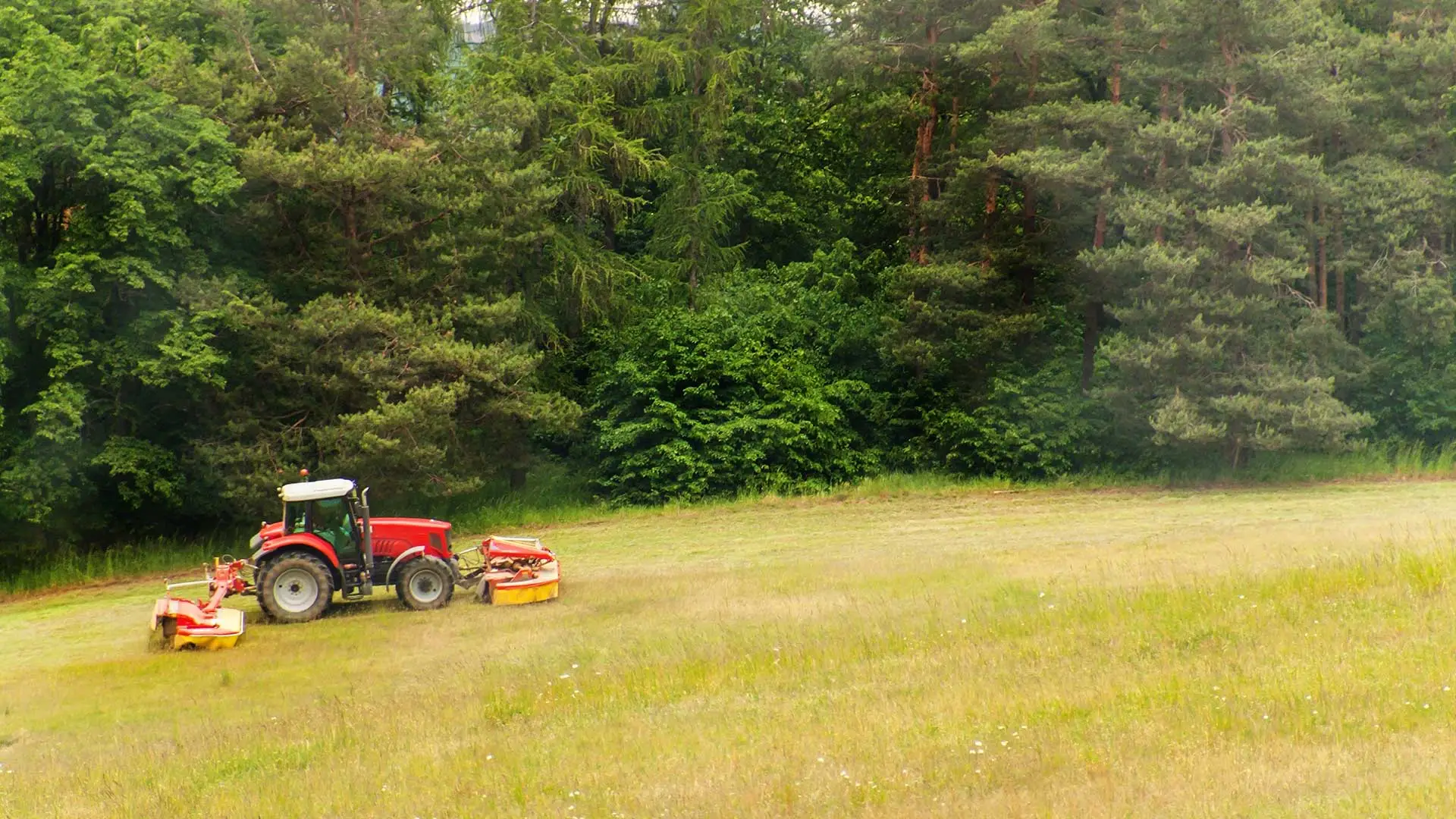Winter burn is the discoloration of evergreen leaves or foliage, most noticeably in boxwood and holly shrubs. It is caused when the leaves or needles of evergreens dry out. It has been very noticeable this spring due to our record-breaking winter weather.
During the cold months, evergreens continue to lose water vapor through their leaves (or needles, which are modified leaves). The leaves must replace the water by pulling it up from the roots. But when the ground is frozen, the plants’ roots cannot absorb water to supply it to the leaves. If the weather turns warm and sunny while the ground still is frozen, evaporation from the leaves increases and the water cannot be replaced. Discolored or “burned” foliage may start to appear.
This type of winter damage may be misdiagnosed as a disease or as damage from excessively cold temperatures. In fact, winter burn symptoms typically develop during warm weather in late winter and early spring.
The brown or yellowed foliage generally is on the side of the plant facing the sun and/or the side exposed to the wind, where the evaporation from the needles or leaves is greatest.
If you see winter-burned foliage in spring, you may simply trim it out.
Lastly, It is still very important to continue to water your evergreen shrubs in the winter. Since they maintain their green leaves throughout the winter, they still need moisture to survive. Snowmelt alone is not enough to water your evergreens thoroughly. It is also recommended to water on a day when temperatures are above freezing for several days, so the moisture can actually soak into the ground.




Comments (0)
Thanks for your comment!
Thanks for your feedback! Your comments have been successfully submitted! Please note, all comments require admin approval prior to display.
Error submitting comment!
There is a problem with your comment, please see below and try again.